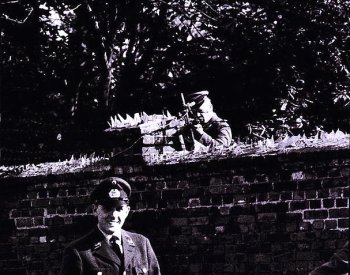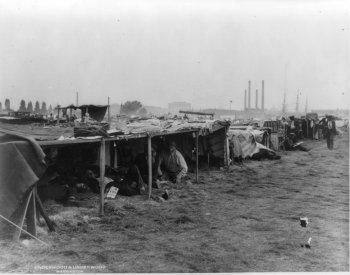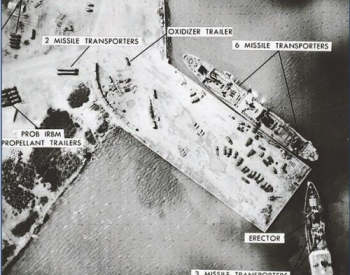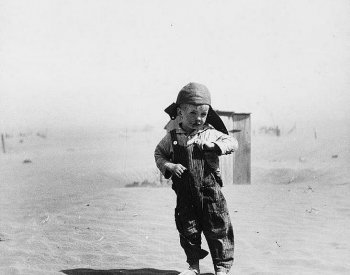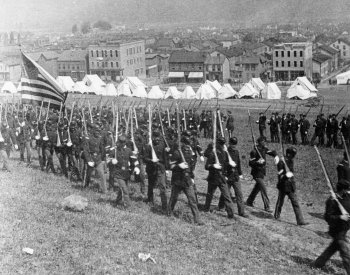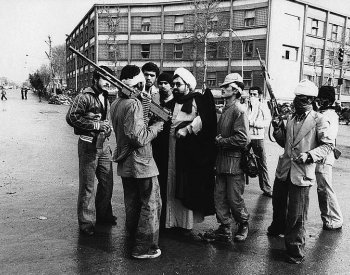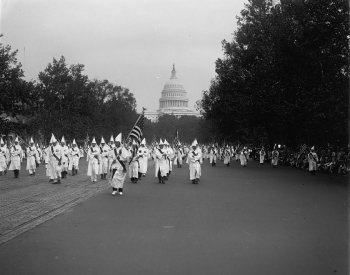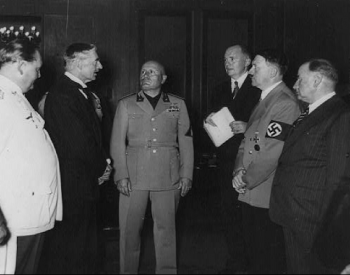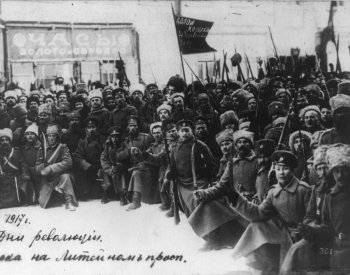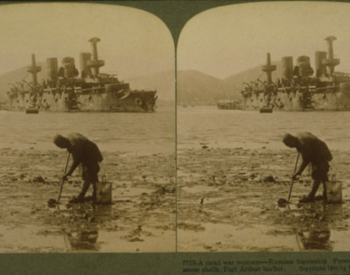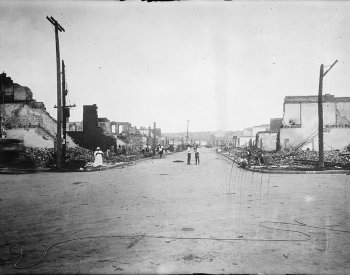To answer this question correctly, students must identify the event depicted in a historical photograph and clearly explain why the event is historically significant. For the first question, successful students will identify this as the Flint Sit-Down Strike. For Question 2, successful students might elaborate on one or more of the following:
- The strike transformed the fledgling United Automobile Workers (UAW) from a loose coalition of small organizations into a powerful, centralized organization with over 100,000 members.
- It was a significant victory for a labor organization against a large corporation. Through the strike, the UAW won recognition from General Motors and eventually negotiated pay increases for workers and a right to organize on company property.
- The success of the sit-down strike was part of a powerful trade union movement at the time, and the bold tactics of the sit-down strike reflect the militancy of the labor movement in the 1930s.
- The UAW represented the growth of “industrial unionism” in the 1930s, which was the idea that all workers in an industry should be represented by a single union and not separated into craft unions across industries.
Level: Proficient
Question 1
Student clearly and specifically identifies the event depicted in the photograph.
Question 2
Student clearly and specifically explains why the event is historically significant.
Level: Emergent
Question 1
Student provides correct information related to the event but does not clearly identify the significant event.
Question 2
Student correctly elaborates on the event but does not clearly explain why the event is historically significant.
Level: Basic
Question 1
Student does not correctly identify the event.
Question 2
Student does not provide a correct or relevant explanation for why the event is historically significant.

